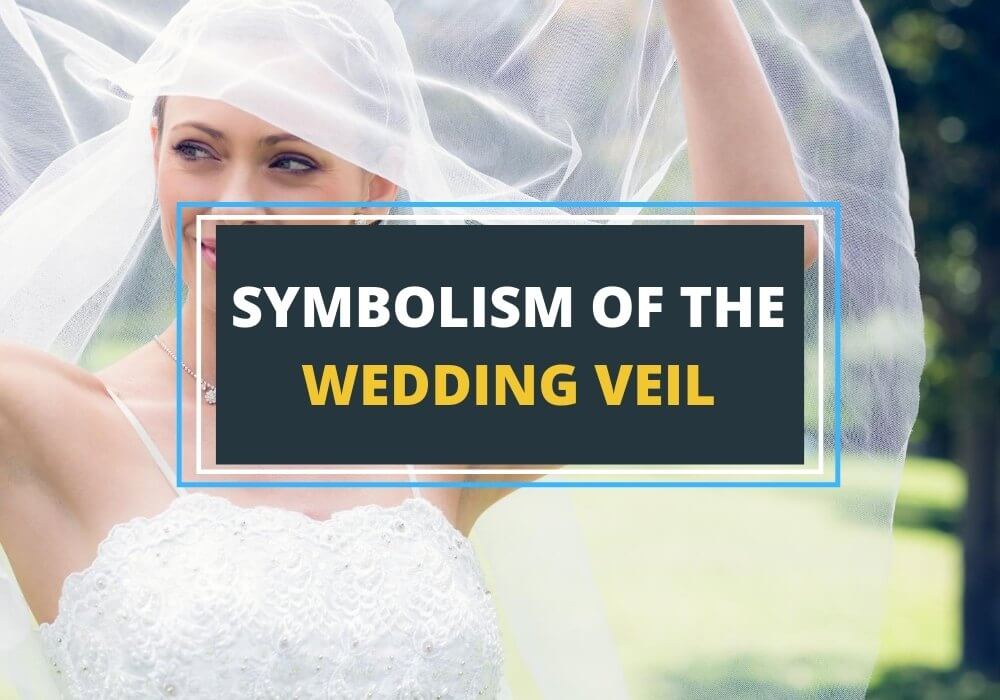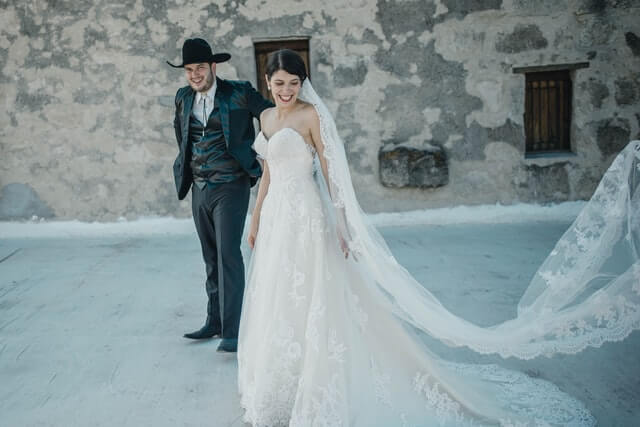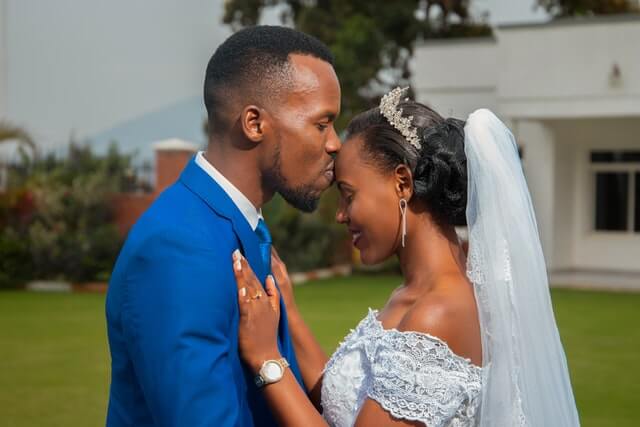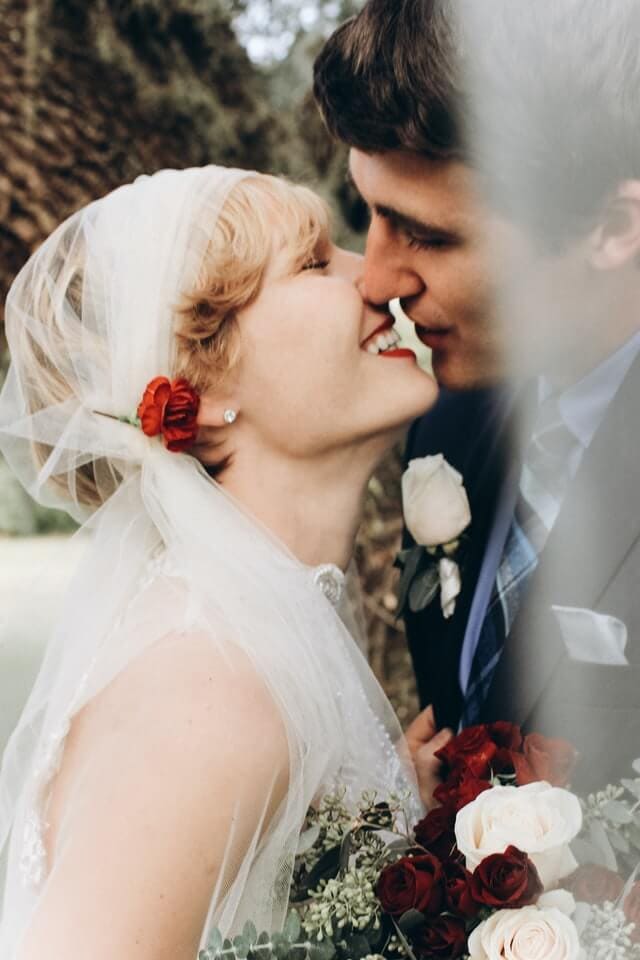
Table of Contents
The veil is the most romantic of all wedding accessories and surrounds the bride in an air of mystery. It often serves as the perfect finishing touch for the bridal dress. But where exactly did this custom originate and what significance does it have?
In this article, we’ll be exploring the origins of the bridal veil, its religious significance, the various symbolic meanings associated with bridal veils, and the different styles of veils.
Origins of the Bridal Veil
- Ancient Greece and Rome
The custom of wearing a veil can be traced back to ancient Greece and has its roots in superstition. It was believed that an evil eye could be cast on the bride by demons and evil spirits lurking around. These evil creatures were said to be the disrupters of all auspicious occasions, so in order to ward off these malicious spirits, brides were required to wear a bright red veil. Additionally, the veil was also a way to ensure that the groom didn’t see the bride before the wedding, which was said to bring bad luck.
- 17th and 18th century
During the 17th and 18th centuries, there was a gradual decline in the prevalence of bridal veils, which changed after the wedding of Queen Elizabeth to Prince Albert. Going against conventional norms, Queen Elizabeth wore a simple wedding gown and a white veil. Influenced by the tradition set by Queen Elizabeth, the veil gained popularity, standing as a symbol of modestly, humility, and obedience. Bridal veils were no longer worn to ward off evil spirits but were seen as a symbol of modesty and even fashion. White became the most popular color for bridal veils, reflecting chastity and purity.
Significance of Bridal Veils in Religion

- Judaism
The bridal veil has been a part of Jewish wedding traditions since ancient times. In a Jewish nuptial ceremony called the Badeken, the groom covers the brides face with a veil. Once the formal proceedings of the wedding are over, the groom lifts the veil of the bride’s face. This ceremony can be traced back to the meeting between Isaac and Rebekah, wherein Rebekah conceals her face with a veil. In Jewish wedding traditions, the bride typically wears a veil as a mark of obedience and respect towards the groom.
- Christianity
Christian weddings reflect not only the union between the bride and groom, but also a sacred commitment towards God. In some Christian traditions, there is a belief that the bridal veil is akin to the garment that was removed when Christ died. Removing the garment signaled accessibility to god, and henceforth his followers could worship him. Similarly, when the bridal veil is shunned, the husband can directly communicate with his spouse. In Catholic traditions, the veil acts as a visible symbol that the bride has given herself to the care and protection of the groom.
Symbolic Meanings of The Bridal Veil

The bridal veil has had several symbolic meanings. These include:
Protection: Some people believe that the veil acts as a promise from the groom that he will protect and provide for her.
Status Symbol: The bridal veil was a marker of social status in the Victorian era. A bride’s wealth was determined by the weight, length, and material of her veil.
Everlasting Love: The groom covers the brides face with a veil to express that he is not marrying for her outer beauty, and that appearance is insignificant in comparison with the love and affection he feels for her.
Trust: In some very orthodox communities, the bride adorns a heavy veil to cover her face. This symbolizes that she is certain about the man she is about to marry, and therefore, has no need to glance upon him.
Chastity:Lifting the veil means that the couple can now enter into a physical relationship. It symbolizes a breach of the bride’s chastity and purity.
Fashion Accessory:In modern weddings, the veil is worn for fashion and not for its symbolic meaning. Many modern women consider it discriminatory to wear a veil as a symbol of their chastity and purity.
Types of Wedding Veils

Sporting a veil has never gone out of fashion and today’s brides have many different styles to choose from. A veil looks best when it is coordinated with a matching gown, head piece, and jewelry.
Birdcage Veil
- A bird cage veil is a short veil that covers the upper half of the face. It is usually made with an intricate net or mesh.
- This type of veil is a great option for brides who opt for vintage style wedding dresses.
Juliet Cap Veil
- A Juliet veil is placed on the top of the head like a cap. It was an immensely popular choice in the 20th century.
- The Juliet cap veil looks best on quaint ball gowns or traditional wedding dresses.
Mantilla Wedding Veil
- A mantilla veil is a Spanish lace veil that is worn over the back of the head and falls back onto the shoulders.
- It’s a stylish, elegant veil yet is also very simple compared to most other types of veils.
Fingertip Length Veil
- The fingertip length veil stops right below the waist, making it a veil of medium length.
- This veil complements all kinds of wedding dresses and hairstyles.
Blusher Veil
- A blusher veil is a short veil made from thin material which covers the face and reaches up to the chin.
- This type of veil is ideal for those who want to wear a veil but do not want to cover their shoulders or back.
Royal Veil
- The royal veil is the longest type of veil and stretches for feet behind the bride. It’s a popular choice by those after a grand, dramatic style.
- This veil is a desired choice for those who want to get married in a chapel or ballroom.
Ballet Length Veil
- A ballet length veil is a medium length veil that can fall anywhere between the waist and ankle.
- It is an ideal choice for brides who want to wear a long veil but not a sweeping, floor length one.
In brief
A bridal veil has always been an integral element in wedding traditions and has withstood the test of time. It’s worn by brides who appreciate its symbolic meaning, or by brides who desire it as a fashion accessory. While many modern brides prefer to eschew the veil, it still remains a popular aspect of the bride’s attire.








